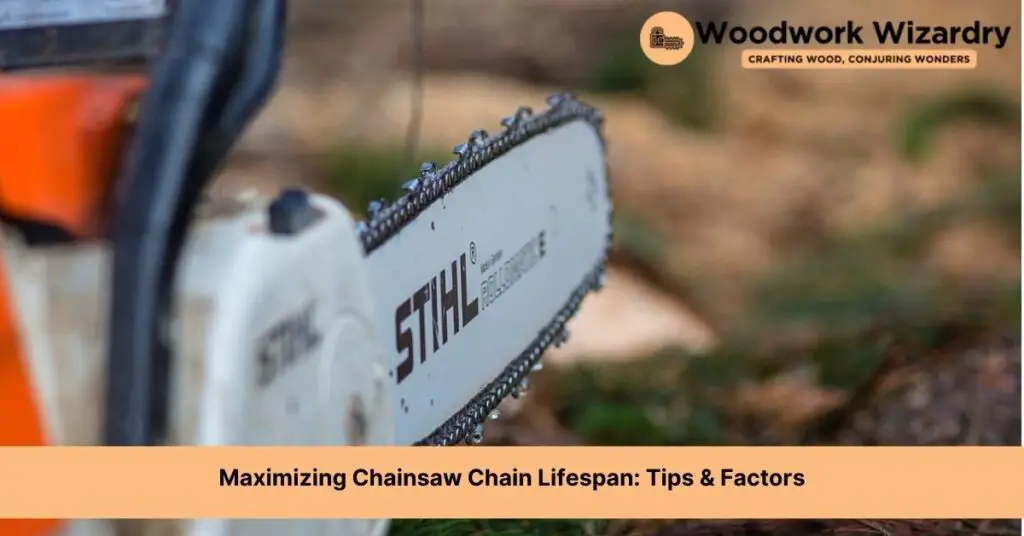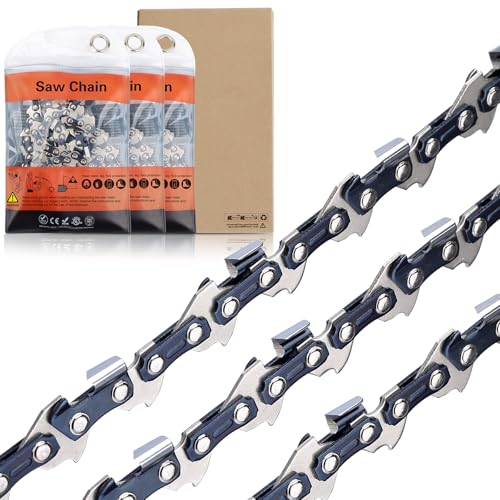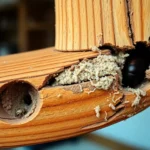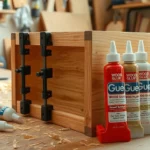When we think about maintaining our outdoor tools, the longevity of a chainsaw chain isn’t always the first thing that comes to mind. Yet, it’s a question that touches the core of efficient and safe woodworking. How long does a chainsaw chain last? Well, it’s not as straightforward as we’d hope, but it’s a crucial piece of knowledge for anyone looking to keep their chainsaw in top shape.
The life of a chainsaw chain varies widely based on a few key factors, including how often we use it, the material we’re cutting through, and how well we take care of it. We’re here to dive into these aspects, shedding light on what to expect and how to maximize the lifespan of your chainsaw chain. Let’s get our chainsaws ready and delve into the essentials of keeping them sharp and efficient for as long as possible.
Factors Affecting Chainsaw Chain Lifespan
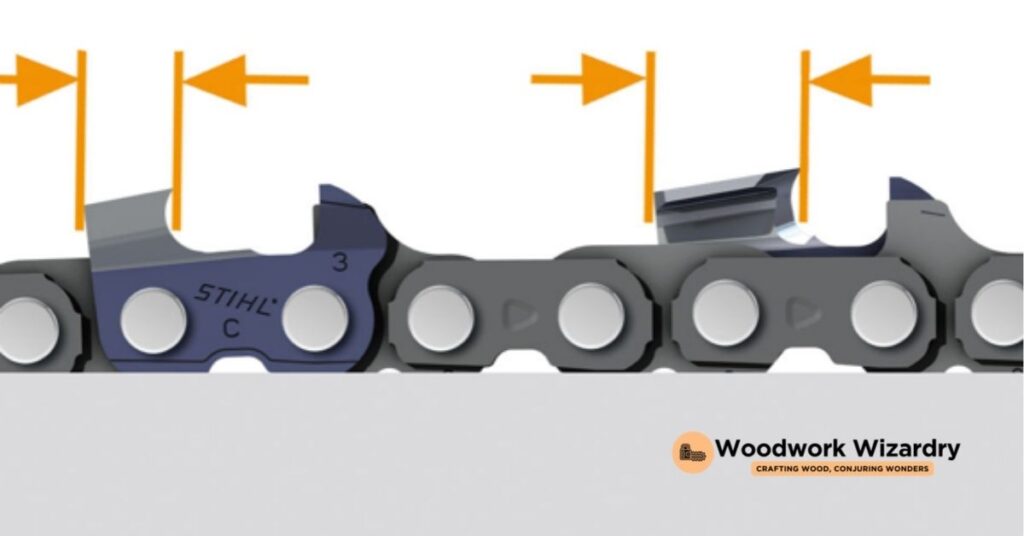
Understanding the factors that influence the longevity of a chainsaw chain helps us make informed decisions regarding its care and use. Let’s delve into some key factors:
Frequency of Use
The more often we use a chainsaw, the quicker its chain may wear out. Regular use leads to quicker accumulation of wear and tear compared to occasional use.
Material Being Cut
The type of material we cut significantly affects chain lifespan. Cutting softwoods like pine tends to wear the chain slower than hardwoods such as oak. Additionally, encountering dirt or sand while cutting can accelerate chain dullness.
Maintenance Practices
Proper maintenance plays a critical role in extending the lifespan of a chainsaw chain. Regular cleaning, timely sharpening, and proper storage can prevent premature wear. Ensuring the chain is correctly tensioned and lubricated also minimizes unnecessary strain.
Quality of the Chain
Investing in high-quality chainsaw chains can result in longer lifespans due to superior materials and construction. Higher quality chains withstand stress and wear better than their cheaper counterparts.
Cutting Techniques
Our cutting techniques impact how long the chain lasts. Forcing the chain through cuts or using inappropriate cutting angles can increase wear. Smooth, controlled cuts preserve the chain’s condition.
By considering and optimizing these factors, we can enhance the performance and extend the lifespan of our chainsaw chains. Regularly assessing these aspects ensures we maintain our equipment in the best possible condition, saving time and resources in the long run.
Signs It’s Time to Replace Your Chainsaw Chain
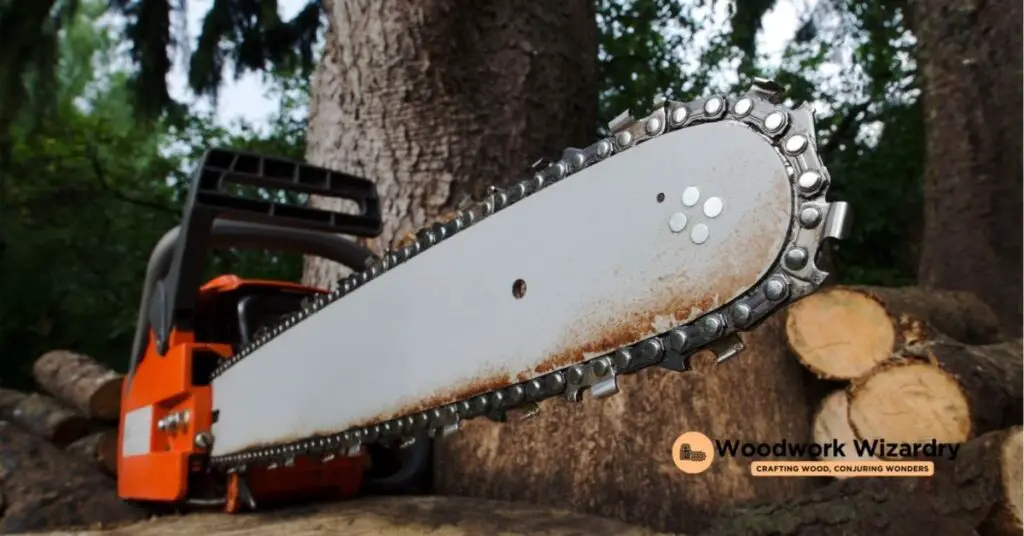
Identifying the right time to replace your chainsaw chain is key in maintaining optimal performance and safety during woodworking projects. Building on our emphasis on chain longevity, let’s delve into the signs that indicate a chainsaw chain may need replacing.
- Excessive Wear and Tear: Daily inspections reveal noticeable signs of wear, such as cracks or missing teeth, indicating it’s time for a replacement. Chains that undergo rigorous use or encounter hard materials frequently show wear faster than those used more sparingly.
- Difficulty in Cutting: If cutting through wood demands more force than usual, or the chainsaw seems to struggle with what used to be easy cuts, the chain might have dulled beyond sharpening. A sharp chain should pull itself into the wood effortlessly.
- Uneven Cut Surfaces: Smooth, even cuts become a thing of the past when a chain is beyond its prime. Instead, you might notice the chainsaw produces rough, uneven surfaces, signaling the chain’s cutting edges are too worn to function correctly.
- Chain Slippage: Proper tension is crucial for chainsaw operation. However, if you’ve adjusted the tension correctly and the chain still slips, this could mean the chain has stretched beyond its usable limits.
- Smoke During Operation: Even with the right lubrication and operating pressure, a worn-out chain can produce smoke due to improper cutting action and increased friction.
- Increased Vibration: A significant increase in vibration during use can indicate that the chain’s balance is off due to uneven wear or damaged links.
Bear in mind, practicing regular maintenance can extend the life of your chainsaw chain, but recognizing these signs ensures you know when it’s time to opt for a replacement. By staying alert to these indicators, we can ensure our woodworking remains efficient, safe, and enjoyable.
Maintenance Tips to Extend Chainsaw Chain Life

Understanding the importance of extending a chainsaw chain’s life is crucial for both safety and efficiency in woodworking projects. Following these maintenance tips can help you achieve just that.
Regular Cleaning
Maintaining the cleanliness of your chainsaw chain is paramount. After each use, it’s essential to remove any debris, such as sawdust or resin, that accumulates between the links. This not only keeps the chain moving smoothly but also prevents premature wear.
Proper Sharpening
A sharp chain ensures efficient cutting and reduces the strain on your chainsaw. Regular sharpening, ideally after every few hours of use, can drastically extend the chain’s lifespan. Using the correct file size for your chain and maintaining the recommended angle are key factors in effective sharpening.
Correct Tensioning
Ensuring your chainsaw chain has the correct tension is vital. A chain that’s too tight can wear quickly and increases the risk of breaking. Conversely, a chain that’s too loose can slip off the bar. Check the chain tension before each use and adjust as necessary to maintain optimum performance.
Adequate Lubrication
Chainsaws require constant lubrication to operate effectively. Always make sure the oil reservoir is filled before starting your chainsaw. Adequate lubrication reduces friction between the chain and the wood, as well as between the chain and the guide bar, prolonging the chain’s usable life.
Avoiding Dirty or Sandy Wood
Cutting into dirty or sandy wood can dull a chainsaw chain rapidly. Whenever possible, clean the wood before cutting, or avoid cutting close to the ground where sand and dirt are more prevalent.
Using the Right Chain for the Job
Different tasks require different chainsaw chains. Using a chain that’s not suited for the job can lead to inefficient cutting and quicker deterioration of the chain. Ensure you’re using the appropriate chain for the material you’re cutting and the type of cut you’re making.
By adhering to these maintenance tips, we can significantly extend the life of our chainsaw chains, ensuring they remain sharp, efficient, and most importantly, safe for use in all our woodworking projects.
Comparing Chainsaw Chain Lifespans
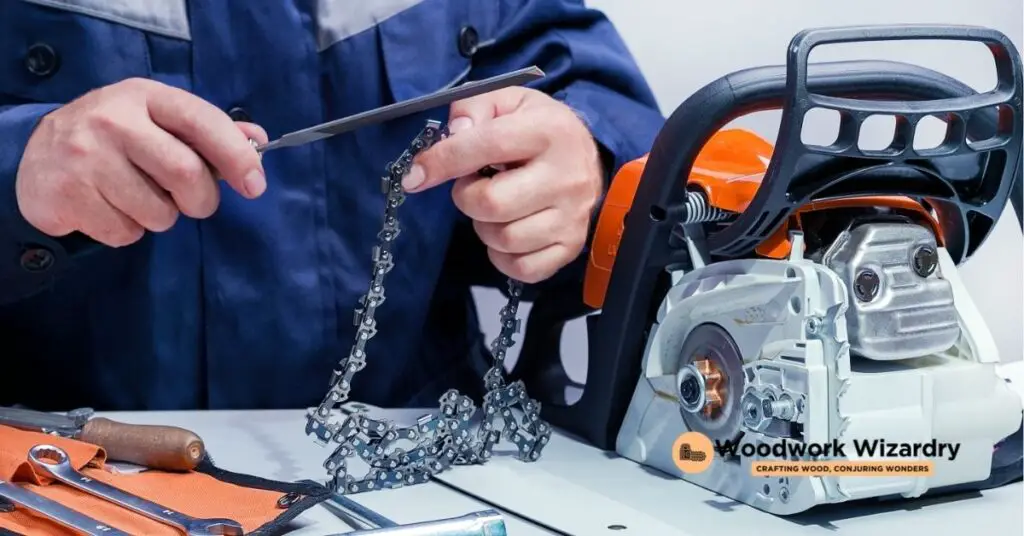
Expanding on the significance of chainsaw chain maintenance for longevity, it’s crucial to understand how these factors translate into actual lifespan differences. Chainsaw chains don’t have a one-size-fits-all lifespan since several variables directly influence their durability. Let’s break down the expectations based on usage, maintenance, and quality.
Based on Usage Frequency
- Occasional Use: Homeowners who use their chainsaws for light tasks, such as trimming small branches or cutting firewood a few times a year, can expect their chains to last several years. Assuming the chain receives minimal wear during these infrequent jobs, it might only need sharpening once or twice a year.
- Regular Use: For those involved in more frequent projects or light professional work, chains might need replacing every few months to a year. This category includes regular maintenance of residential properties or small commercial tasks.
- Heavy Use: Professional loggers and landscapers, facing rigorous daily use, will see a quicker degradation. Chains under these conditions might last anywhere from a few weeks to a few months, necessitating frequent inspections and replacements to maintain safety and efficiency.
Impact of Maintenance Practices
- Well-Maintained: Chains that are regularly cleaned, sharpened correctly, tensioned properly, and lubricated will undoubtedly last longer. Such maintenance practices can extend a chain’s life significantly, pushing the upper limits of the lifespan expectations tied to usage frequency.
- Poorly-Maintained: Lack of maintenance leads to rapid wear. Chains can become dull, damaged, or stretched far sooner than their typical lifespan, potentially needing replacement after only a few uses if neglected.
- High-Quality Chains: Premium chains designed with superior materials and technologies offer enhanced durability and longevity. Users investing in such options may notice their chains outlasting lower-grade versions, even under the same conditions.
- Budget Chains: While cost-effective, budget chains tend to wear out faster. They might not stand up as well to rigorous conditions or frequent use, leading to more frequent replacements over time.
Incorporating the principles of proper maintenance, choosing the right chain for the job, and considering how frequently the chainsaw is used, will guide users in managing their expectations regarding chain lifespan. Balancing these elements ensures chainsaw users can achieve optimal performance and lifespan from their equipment, reflecting the initial emphasis on maintenance for longevity.
Conclusion
We’ve seen that the life of our chainsaw chain doesn’t just come down to how often we use it. It’s about the care we put into maintaining it and the quality of the chain we choose. By staying on top of our maintenance game and opting for chains that promise durability, we’re setting ourselves up for success in our woodworking endeavors. Let’s make those chains last by giving them the attention they deserve. After all, a well-maintained chainsaw is a woodworker’s best friend.
Related Posts:

